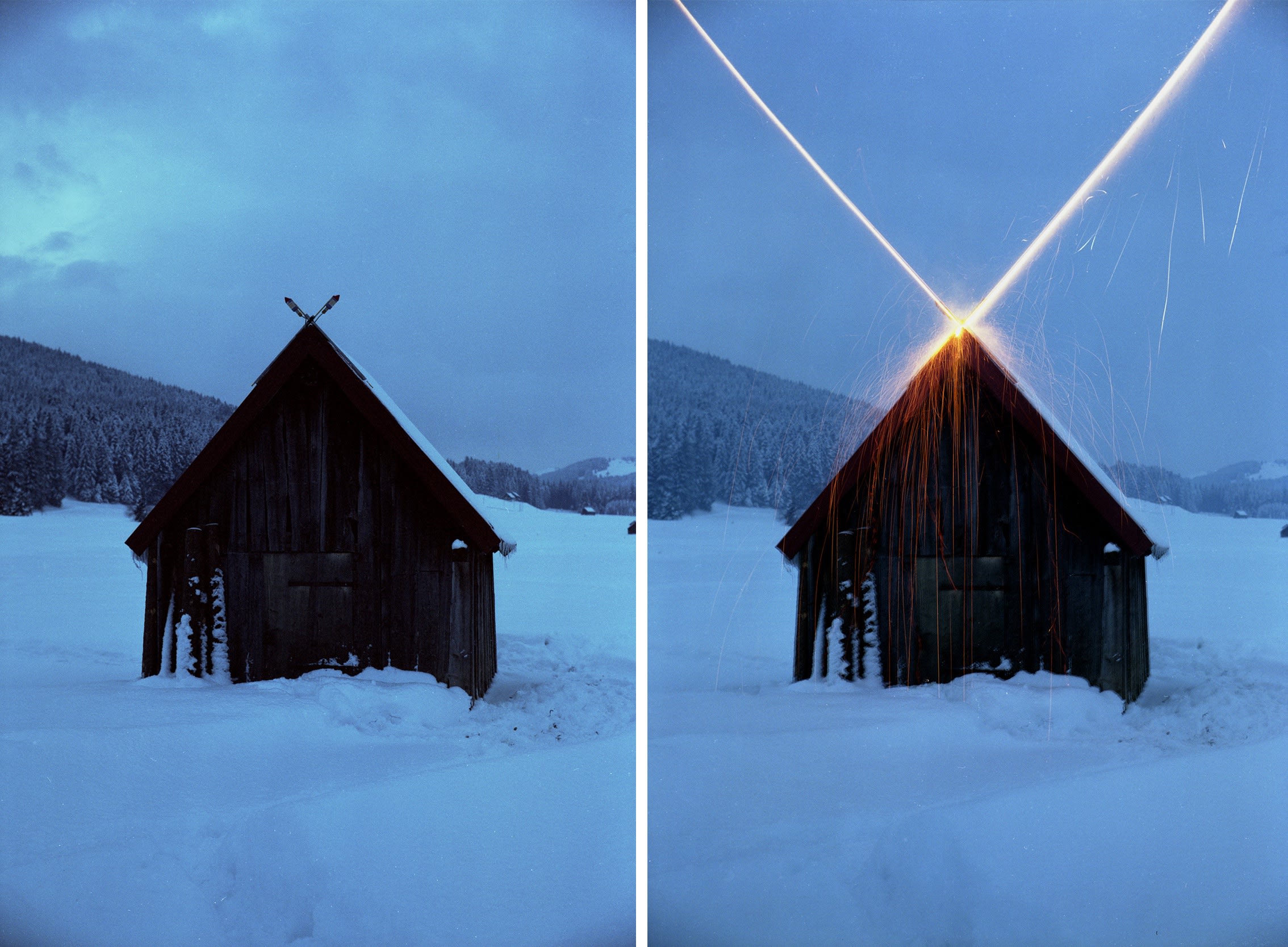Love all God's creation, both the whole and every grain of sand. Love every leaf, every ray of light. Love the animals, love the plants, love everything. If you love each thing you will perceive the divine mystery in all things. Once you perceive this, you will begin to comprehend it better every day. And you will come at last to love the whole world with an all-embracing love.
Fyodor Dostoevsky, The Brothers Karamazov
Fyodor Dostoevsky, The Brothers Karamazov

